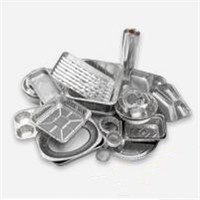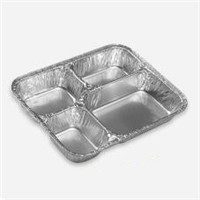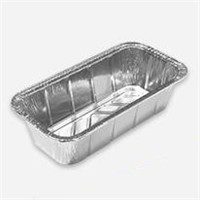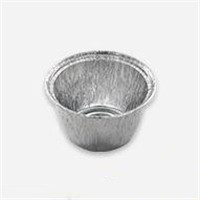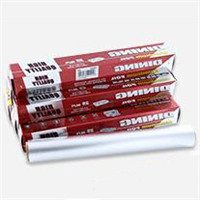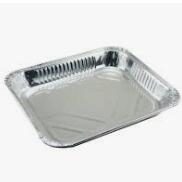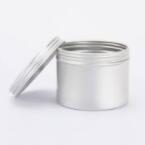Early 1900s: The first aluminum bottles were produced in the early 1900s, primarily for packaging beer and other carbonated beverages. At that time, aluminum was a relatively new material, and its lightweight and non-reactive properties made it an attractive option for beverage packaging.
1930s-1950s: Aluminum bottles gained popularity during this period, particularly for beer packaging. They offered a viable alternative to traditional glass bottles, which were heavier and more prone to breakage during transportation.
1960s: The 1960s saw further advancements in aluminum bottle technology. The development of better sealing techniques and closure systems improved the bottles’ ability to retain carbonation, making them suitable for carbonated beverages like soft drinks.
1970s-1980s: Aluminum bottles found new applications beyond beverages. They were increasingly used for packaging various liquid and powdered products, such as pharmaceuticals, cosmetics, and chemicals, due to their non-reactive and airtight properties.
1990s: The environmental movement in the 1990s led to increased interest in reusable and eco-friendly packaging solutions. This resurgence in environmental awareness contributed to the popularity of aluminum bottles as a sustainable alternative to single-use plastic bottles.
Early 2000s: Aluminum bottles became a popular choice for outdoor enthusiasts, athletes, and travelers. The lightweight and durable nature of aluminum bottles made them convenient for activities like hiking, camping, and sports.
Recent Years: In recent years, aluminum bottles have continued to gain momentum as consumers prioritize eco-friendly and sustainable products. Many companies now offer stylish and customizable aluminum bottles, which have become popular as promotional items or merchandise for various brands and events.
Advancements in Design and Technology: Over time, advancements in manufacturing techniques have led to the development of more intricate and aesthetically pleasing designs for aluminum bottles. These advancements, along with improved interior coatings and insulation, have enhanced the bottles’ functionality and appeal to a broader range of consumers.
Today, aluminum bottles are widely used for a variety of purposes, including packaging beverages, personal care products, and household items. They are recognized for their eco-friendliness, durability, and versatility, and continue to be a preferred choice for consumers seeking sustainable and reusable alternatives to single-use plastic containers.



